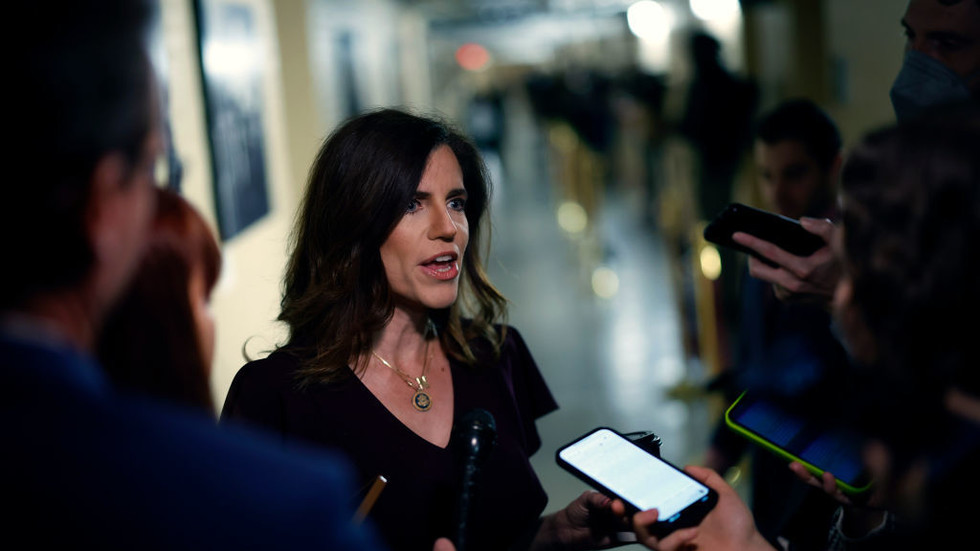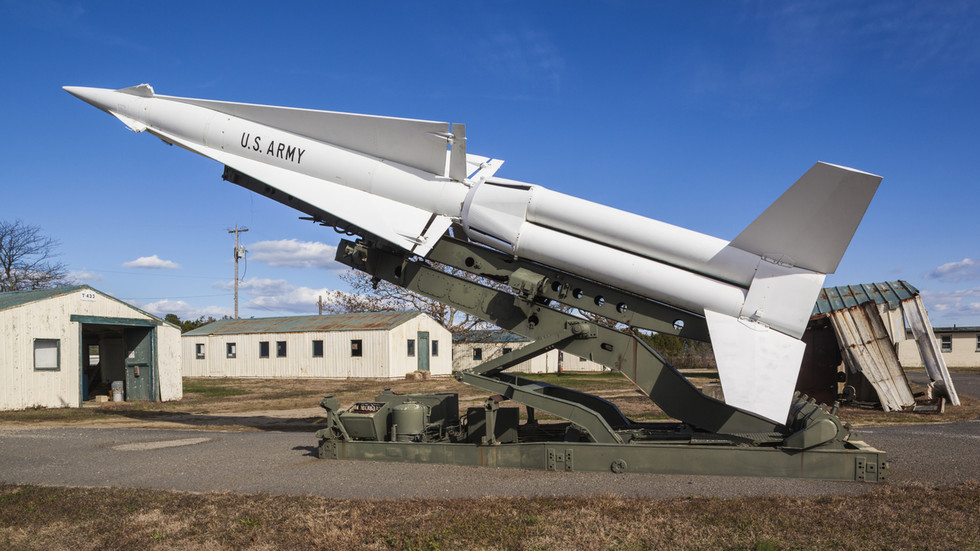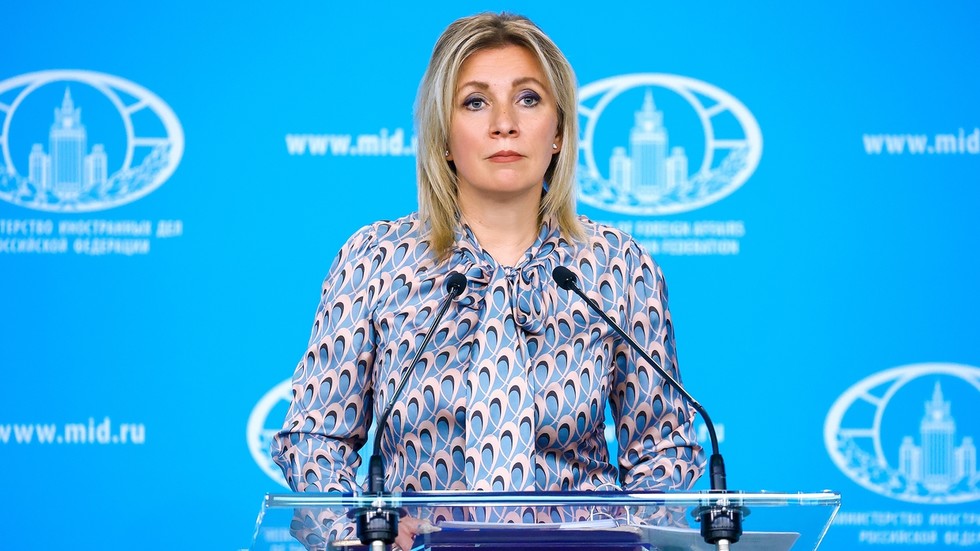The Berlin neighborhood Kreuzberg remains inextricably linked with Turkish immigrants and their descendants — even if today, you're almost as likely to hear English or Spanish spoken, alongside Turkish and German, in the area that once stood on the west side of the Berlin Wall.
Now there are plans to erect a monument there to honor so-called "guest workers," in particular of the first generation. The project also envisages a separate memorial to former "contract workers" from Vietnam and other "socialist brother states" in what was communist East Berlin.
The project's initiator is local Social Democrat politician Sevim Aydin, a member of the Berlin Senate, whose own late parents were among that first generation. She says migrants' contribution to Germany's success has not been recognized.
 Berlin Senator Sevim Aydin hopes the monuments can be completed by 2026Image: Monika Skolimowska/dpa/picture alliance
Berlin Senator Sevim Aydin hopes the monuments can be completed by 2026Image: Monika Skolimowska/dpa/picture alliance"Migrants are always portrayed in negative terms. I think it's time to relate the positive things — also about the first generation," she told DW. "Many arrived unable to speak German, but they worked, brought up families and kept this country running," she added. "I want the voices of these people to be heard."
More than 25% of Germany's 83 million people have a migrant background, according to the Federal Statistics Office. Among children, the figure rises to 40%.
Few signs of Germany's multicultural reality
Over a million monuments are estimated to exist in Germany. Yet few reflect its multicultural history. Frankfurt first floated the idea of commemorating "guest workers" in 2004, but a result is not expected until the 2030s.
And while there are already two museums telling the story of German emigration overseas in the northern cities of Hamburg and Bremerhaven, a museum about migration to Germany is only slated to open in Cologne in 2029. The project grew out of an initiative launched by Turkish migrants in the late 1980s.
Aydin hopes that the new project in Berlin can be realized quickly so that the first generation of "guest workers" get to see it in their lifetime. The aim is not just to build twin statues or monuments, but also to document the history of post-World War II labor migration and migrant experience — in West and East Berlin.
"This should be about the suffering and the joy," said Aydin. She was six when she and her family were able to join her father in Germany in 1978. He had left in the early 1960s, working first as a miner, then as a factory worker before opening a cafe in Berlin. Her mother worked as a cleaner.
Migrants in East Germany faced drastic restrictions
Monument advisory committee member and director of the FHXB Friedrichshain-Kreuzberg Museum, Natalie Bayer, told DW that the project would also highlight racism. Bayer, who was brought up by her Korean mother in former West Germany, said: "You shouldn't really compare. But I think that the experiences of the East German 'contract workers' were racist in a much more dramatic sense."
 Some 60,000 Vietnamese 'contract workers' were employed in former Communist East Germany Image: Werner Schulze/IMAGO
Some 60,000 Vietnamese 'contract workers' were employed in former Communist East Germany Image: Werner Schulze/IMAGOThe largest groups of migrants arrived in the former communist German Democratic Republic (GDR) from Vietnam and Mozambique in the 1980s. Frequently these contract workers were forced to hand in their passports upon arrival. For women, pregnancy generally meant abortion or deportation. The newcomers lived largely cut off from the East German population. Contact was not regarded as desirable.
Many came with the hope or promise of getting good training and jobs. They were used as cheap labor to prop up the GDR's crumbling economy. Part of their wages was withheld without their consent to settle their country's debts or to swell state coffers or pockets back home.
"We were practically modern slaves," said Adelino Massuvira Joao, a former contract worker. The majority of Mozambicans returned home following the collapse of the GDR. Many never got the portion of their wages expected on their return or the promised compensation. Massuvira Joao, who stayed in Germany, is involved in a longstanding campaign for remuneration from the German government.
Discrimination and dirty work
Former West Germany signed the first recruitment agreement with Italy in the mid-1950s. Other mainly southern European countries followed. Turkish migrants started arriving in the early 1960s and ultimately became the biggest group. Guest workers tended to end up in badly paid or unpopular jobs.
Migrants on both sides of the Wall faced exclusion, discrimination and racism to varying degrees. Neither Germanies expected the workers to stay.
Gul Ataseven-Ozen came to Germany in 1972 when she was 18. After two factory jobs, she got a job as a teacher and became politically involved.
"We helped build up Germany. Many people in the second generation have gone into politics or business, like my son. I spent 30 years working in education. That must be respected. We want to show the next generations and also the existing one we also belong here, that we have participated and contributed," she told DW.
 The early 1990s saw violence in both eastern and western Germany with racist arson attacks on asylum-seekers or migrants' hostels Image: picture-alliance/ZB/B. Wüstneck
The early 1990s saw violence in both eastern and western Germany with racist arson attacks on asylum-seekers or migrants' hostels Image: picture-alliance/ZB/B. WüstneckReunification brings further disadvantages
The Fall of the Wall had a negative impact on many migrants in western and eastern Germany. Those in the former East found themselves in a particularly precarious position. Factories closed and they lost both their jobs and their work permits.
"Many were deported. Many also went voluntarily because the mood was no longer pleasant," said the museum director Bayer. The 1990s saw an upsurge of racist violence across Germany. "Integration policy took 70 steps backward," Bayer said.
Turbulent times in Germany
Berlin's half-a-million-euro monument project comes amidst revelations of far-right discussions about the mass deportation of immigrants and German citizens of foreign origin. While the federal government is seeking to attract more skilled workers from abroad due to the aging demographic, it is also taking a hard line on irregular migration.
Migration researcher Noa Ha says the center-left coalition government had set out with an ambitious legislative plan to modernize Germany before it was confronted with various crises and the rise of the far right.
Germany's migration policy divides communities
'This is the beginning'
"We have to speak about a new German identity that is considerably more plural," Ha the director of the German Center for Integration and Migration Research (DeZIM) maintains.
Historian and migration researcher Patrice Poutrus, whose father was Sudanese and who himself grew up in former East Germany, said he welcomed any symbol that recognizes locals with migrant roots.
But given the current political climate, Poutrus added that he feared the monument would not spark the debate needed about who or what had been commemorated in the past, nor who must be accepted as an integral part of German society today.
The history of migration must be integrated into every local museum, Ha argued. She says the Berlin monument should be followed by the same sort of acknowledgment in other German cities. "The German government should launch an entire new program. The monuments should be coupled with a political demand — that this is the beginning and not the end," Ha concluded.
Edited by Rina Goldenberg
While you're here: Every Tuesday, DW editors round up what is happening in German politics and society. You can sign up here for the weekly email newsletter Berlin Briefing.

 6 months ago
36
6 months ago
36








